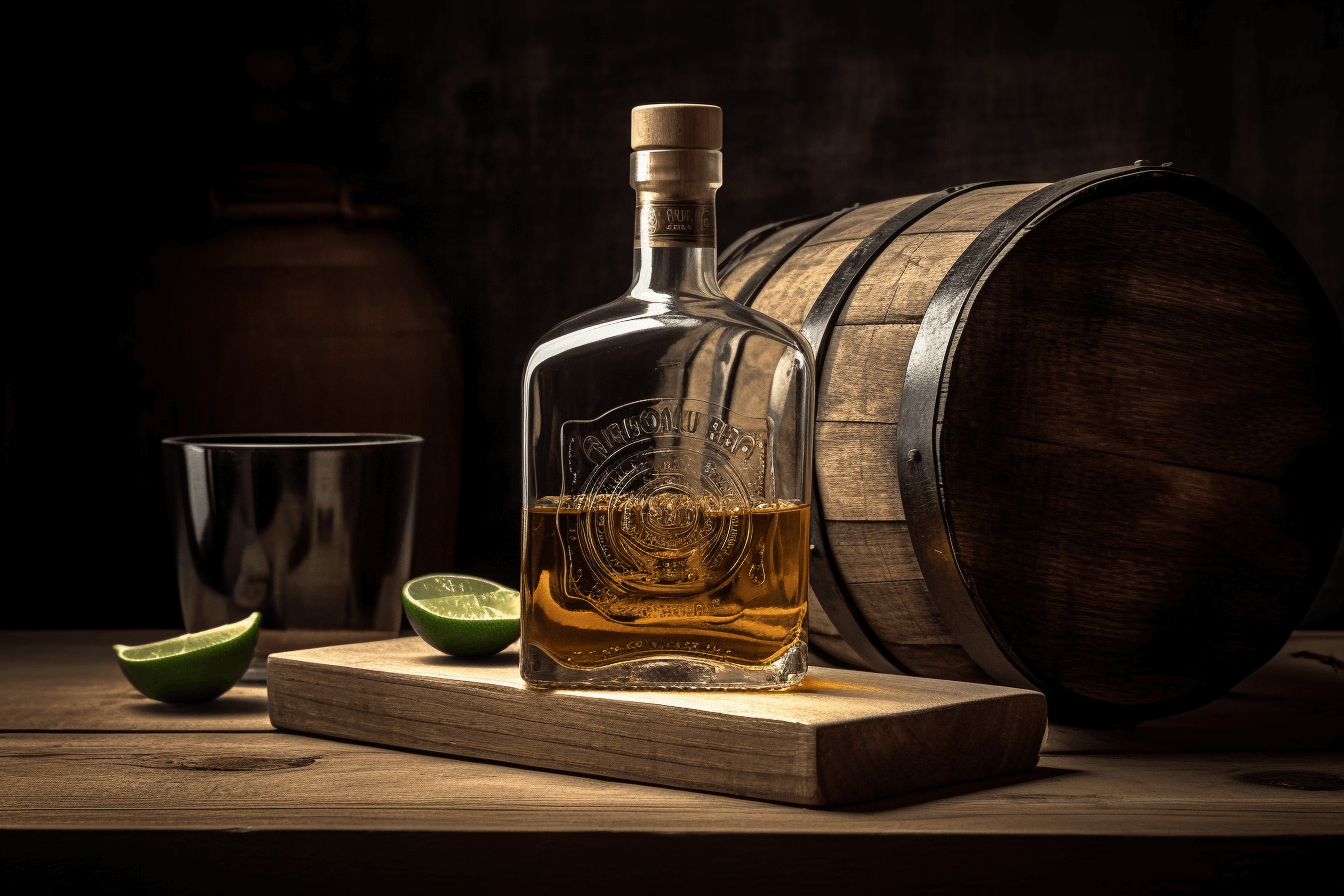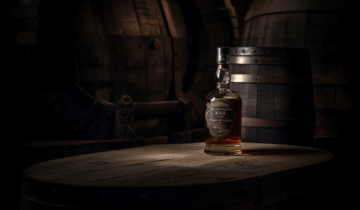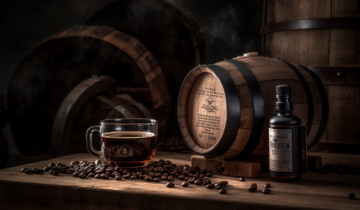A Short Background on Tequila
Tequila is a renowned Mexican spirit made from the blue agave plant, primarily in the area surrounding the city of Tequila. With a rich history dating back to the 16th century, tequila has become an iconic part of Mexico’s culture and is enjoyed by people worldwide. In this article, we will guide you through the process of making tequila at home, from selecting the right ingredients to aging the final product.
Getting Started: Picking Your Tequila Wash Ingredients
- Blue Agave: The primary ingredient for tequila is the blue agave plant, specifically its core, called the piña. This succulent plant is cultivated in the Mexican regions of Jalisco, Nayarit, Michoacán, and Tamaulipas. Ensure you source high-quality blue agave for an authentic tequila flavor.
- Water: Use clean, filtered water to create your tequila wash. The water quality directly affects the final taste of the tequila, so it’s essential to use the best water available.
- Yeast: Tequila production requires specialized yeast strains, typically Saccharomyces cerevisiae, to convert the sugars from the agave into alcohol. These strains are available from specialized suppliers or can be harvested from the environment.
How to Make Tequila: Wash Recipe
- Preparing the Agave: Harvest the blue agave plants when they are mature, around 7-10 years old. Remove the leaves, exposing the piña. Cook the piñas using traditional methods, such as in an underground pit or a brick oven, to release their sugars. Alternatively, you can use a pressure cooker or steam injection. Once cooked, crush the piñas to extract the agave juice, called the mosto.
- Mixing the Wash: Combine the mosto with water in a fermentation vessel, adjusting the sugar content to achieve a starting gravity of 1.045-1.055. This mixture is called the wash.
Fermenting Your Tequila Wash
- Pitching the Yeast: Once the wash has cooled to around 68-75°F (20-24°C), add the yeast, ensuring it is properly hydrated and active. Aerate the wash to help the yeast work effectively.
- Fermentation: Allow the wash to ferment for approximately 7-10 days, maintaining a consistent temperature. The fermentation process will produce alcohol and other flavor compounds, which will form the base of your tequila.
Distilling Your Tequila
- Transferring the Wash: After fermentation is complete, transfer the wash to a suitable still for distillation. Copper stills are preferred for their heat conductivity and the flavor benefits they impart.
- First Distillation (Ordinario): Heat the still to separate the alcohol from the wash, collecting the vapor and condensing it back into liquid. This first distillation, called the ordinario, will contain a mix of alcohol, water, and impurities.
Collecting Your Tequila Distillate
- Second Distillation (Rectification): Transfer the ordinario back into the still for a second distillation, called rectification. This process will further refine the spirit, separating the desirable compounds from the unwanted ones.
- Making Cuts: As the distillate flows from the still, make careful cuts to separate the heads, hearts, and tails. Discard the heads and tails, which contain undesirable compounds, and keep the hearts as your final tequila product.
Aging Your Tequila
- Aging Options: Depending on your preference, you can choose to age your tequila or enjoy it unaged. There are three main types of tequila based on their aging process:
- Blanco (Silver or White): This type of tequila is unaged or aged for a very short period, usually less than two months. Blanco tequila has a clear appearance and offers a strong agave flavor.
- Reposado (Rested): Reposado tequila is aged in oak barrels for a period of two months to one year. The aging process imparts a golden color to the tequila and adds flavors from the oak, such as vanilla and caramel.
- Añejo (Aged): Añejo tequila is aged in oak barrels for a minimum of one year but less than three years. This aging process results in a darker color and more complex flavors compared to reposado.
- Barrel Selection: Choose the appropriate oak barrels for aging your tequila. The type of barrel, its size, and previous use will all affect the final flavor profile of your tequila. American oak barrels, French oak barrels, and ex-bourbon barrels are popular choices for aging tequila.
- Monitoring the Aging Process: As your tequila ages, it will absorb flavors and tannins from the oak barrels, developing a more complex profile. Monitor the aging process by periodically tasting your tequila to ensure it reaches the desired flavor and maturity.
Conclusion
Making tequila at home is a rewarding process that allows you to explore the rich heritage and unique flavors of this iconic Mexican spirit. By carefully selecting your ingredients, diligently following the steps outlined in this guide, and aging your tequila to your preference, you can create a delicious and authentic homemade tequila. Enjoy the fruits of your labor by sharing your creation with friends and family, and raise a glass to the art of tequila making. Salud!







